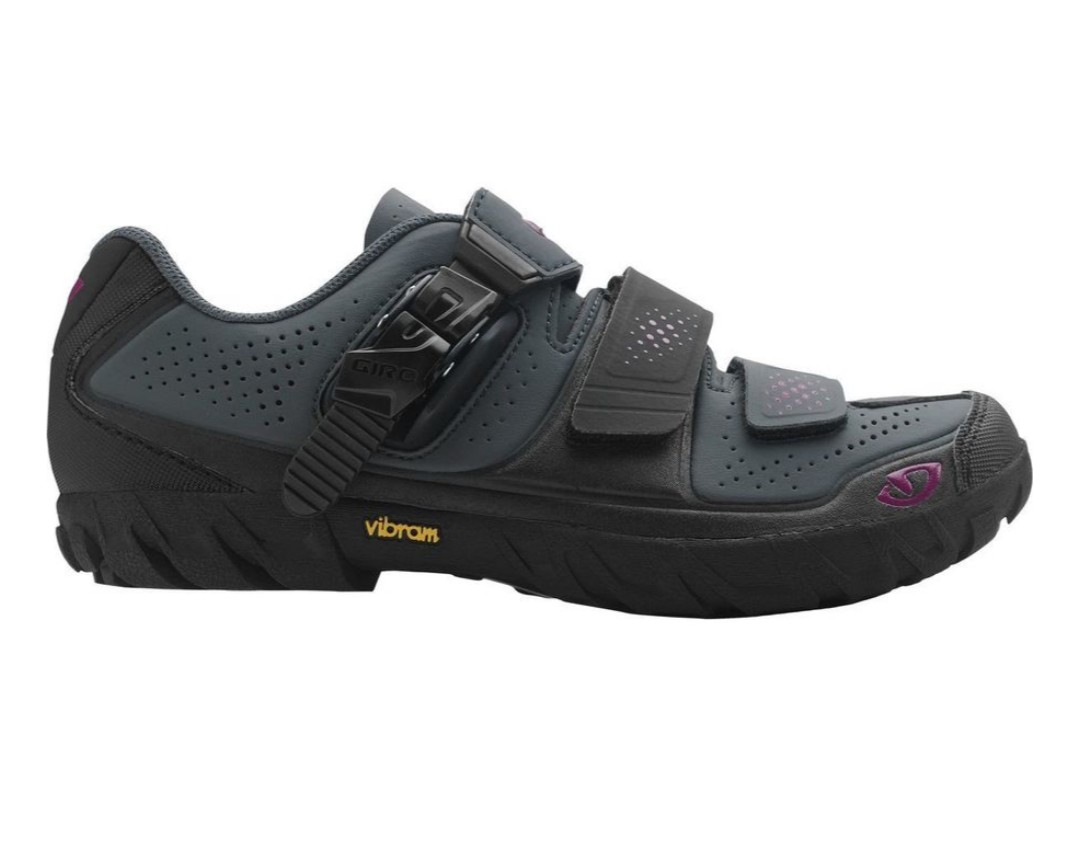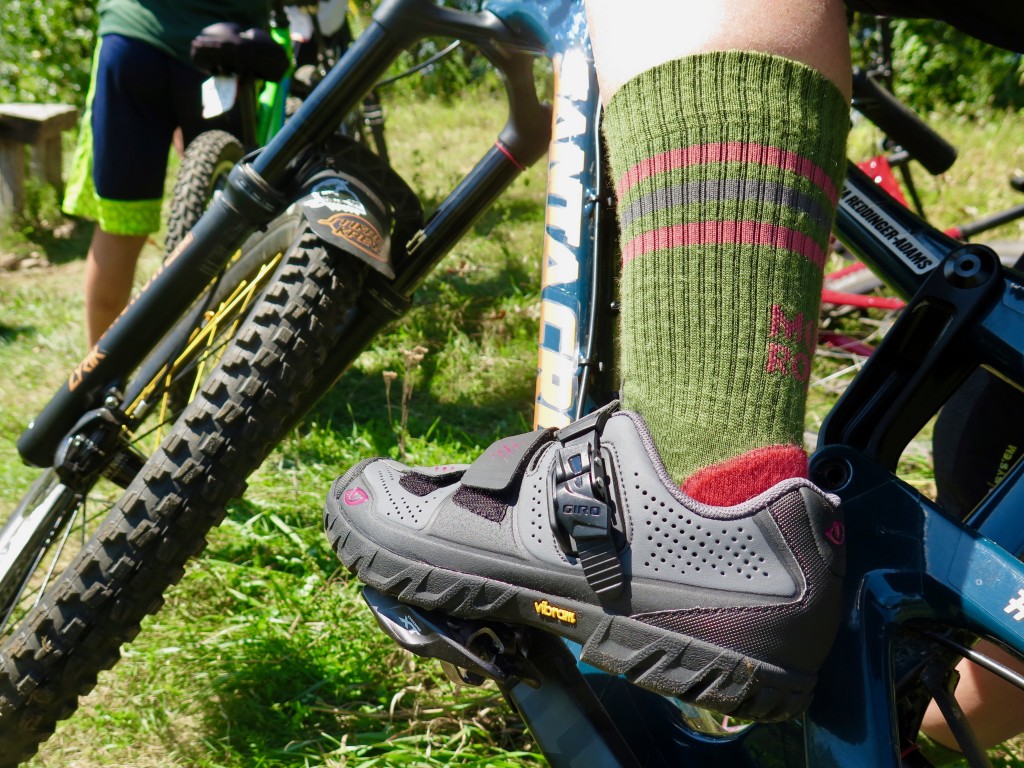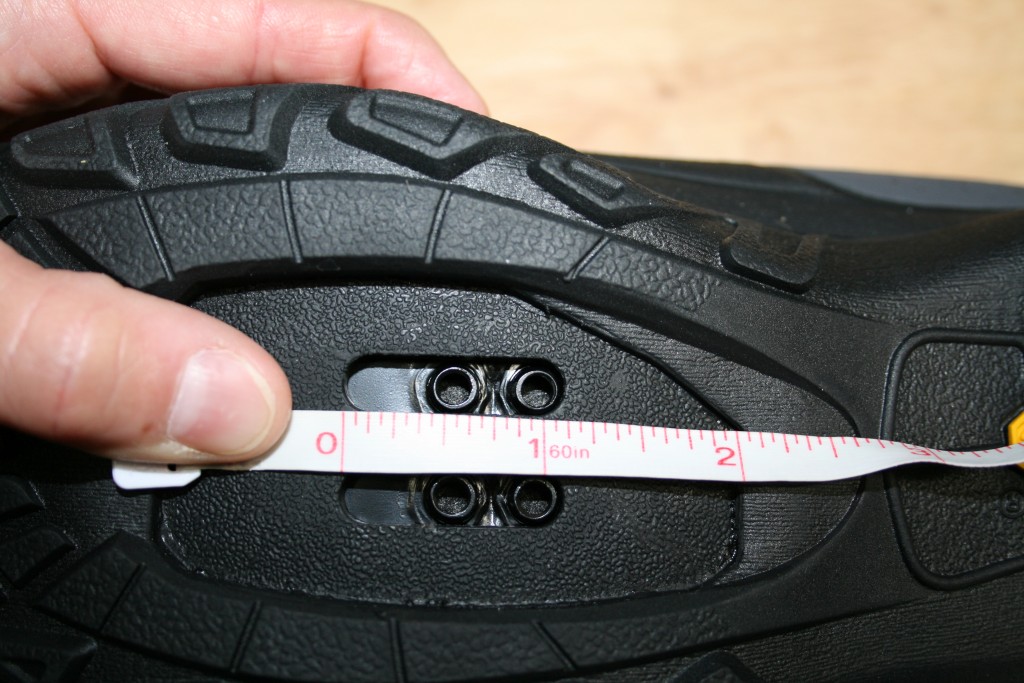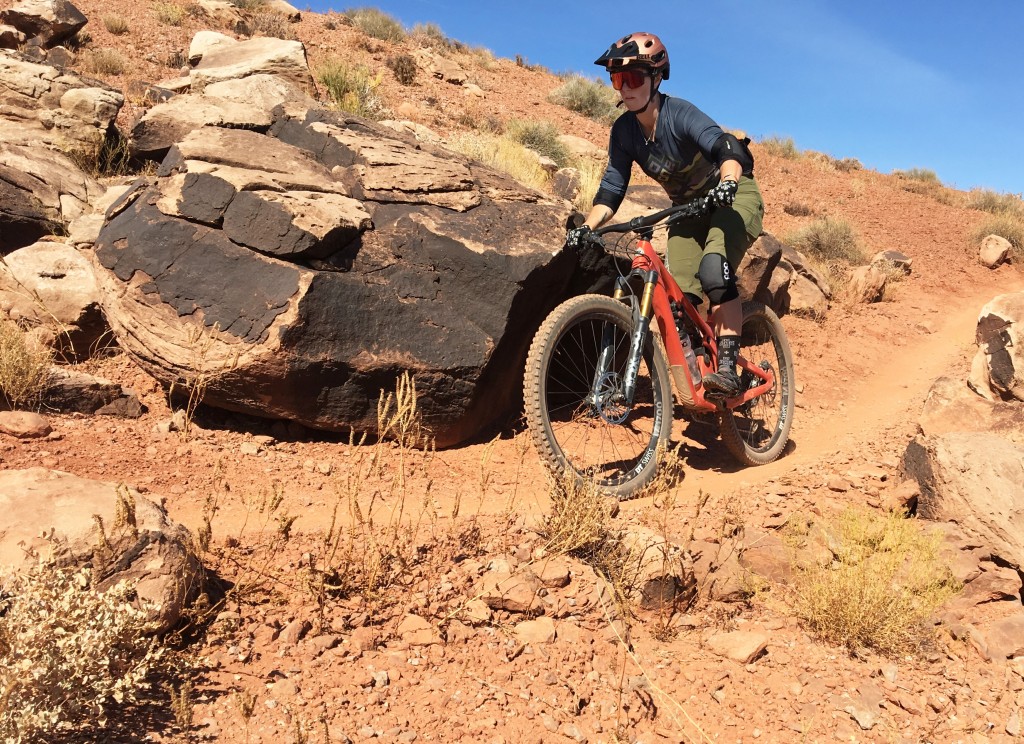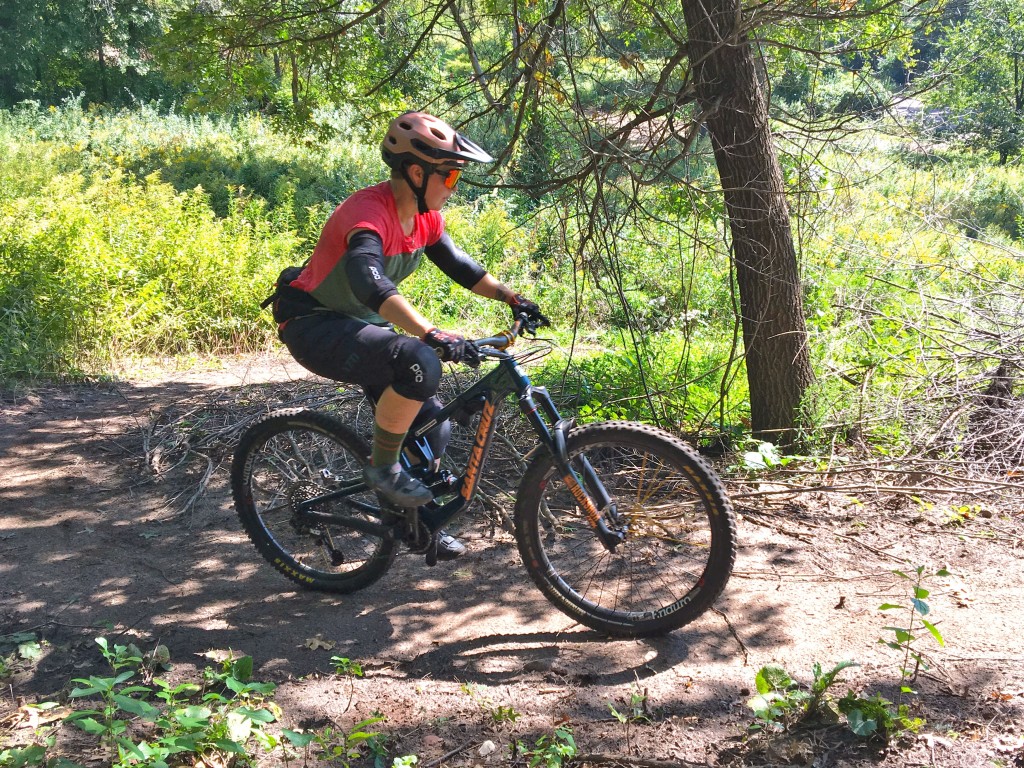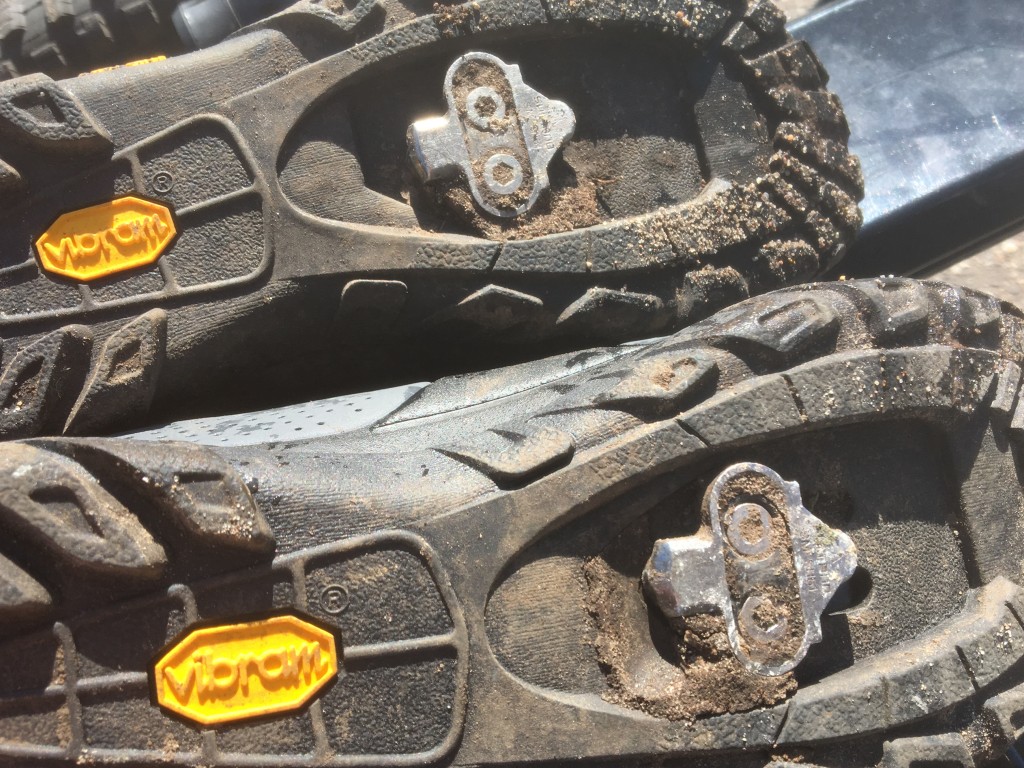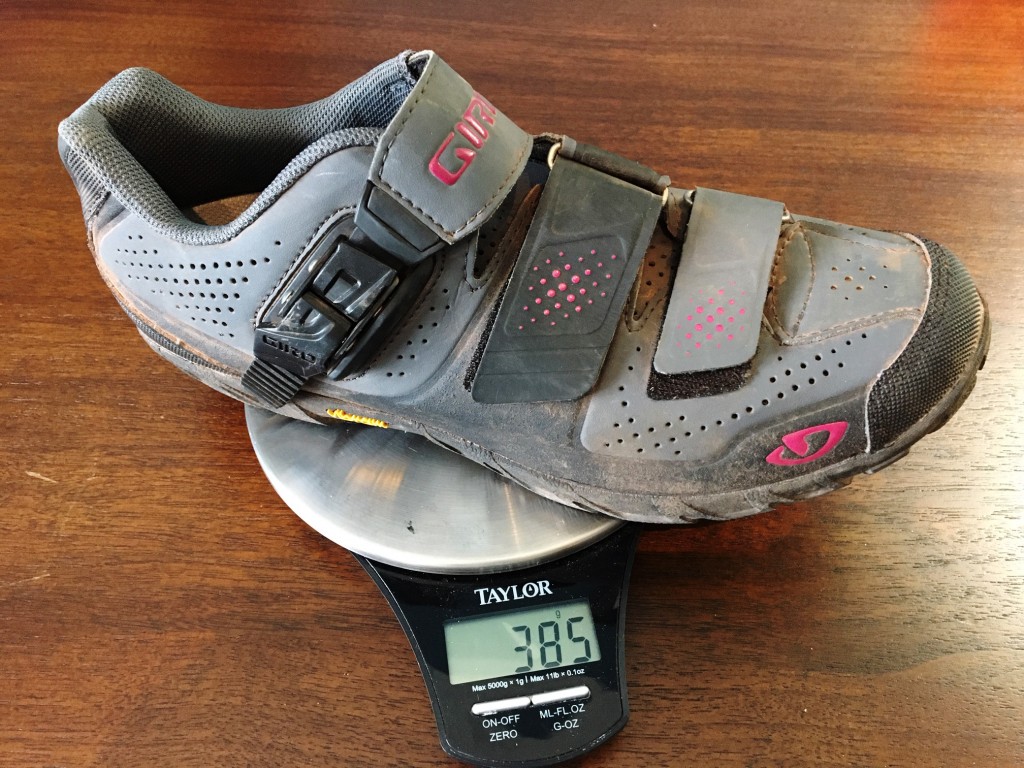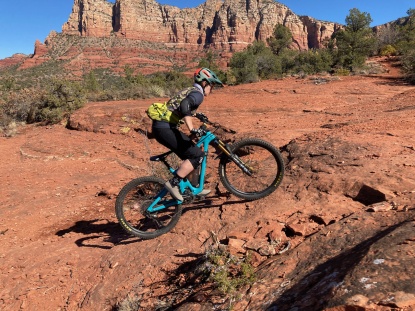Giro Terradura - Women's Review
Our Verdict
Our Analysis and Test Results
The Terradura is advertised by Giro “as a more versatile version of a true mountain bike shoe.” Featuring a Vibram sole, perforated uppers, reinforced toebox, sides and heel, and a combination of velcro and a ratcheting buckle these shoes should be up for any type of riding. However, our testers found the toebox to be narrow and best suited for riders with a narrow fit. Despite the stiff Vibram sole we also found the shoe to perform best on flowy cross-country trails, as our testers could feel painful vibrations and pressures from the trail in their feet on longer, technical descents. For some riders this shoe may be exactly what they are looking for, but we can't recommend enough first trying them on for fit.
Performance Comparison
Stability and Control
With any clipless shoe one expects to have good power transfer between the shoe and the pedal and the Teradura did not disappoint. The Vibram sole is stiff, but not nearly as stiff as others we tested, allowing our testers to push and pull on the pedals with ease on non-technical terrain. With 1 ⅛" of fore/aft adjustability for the cleat, the Terradura did not have the most, nor the least amount of adjustability.
Despite the good power transfer on non-technical terrain, our testers did notice a significant change in the shoe's performance on longer and more technical rides. On a black descent in Moab, Utah, we began to feel pressure on our feet through the soles of the shoe, which was not present on previous rides. There was discomfort leading to pain in the toebox through the midfoot wrapping up the sides of the feet. Our testers stopped to adjust the velcro and buckle numerous times during the descent no avail, and the pain continued. We were no longer able to push into the pedals on descents without pain, causing our ride to be cut short.
Comfort
Out of the box we found the Giro Terradura to have some quirks when it came to fit. To begin, the toebox is narrow, making for a snug fit. The second quirk our testers noticed is with the velcro and ratcheting buckle, we found the strap for the ratcheting buckle would come out of its retainer and need to be pushed back into place before tightening down the buckle. We also found that the velcro straps needed to be adjusted a second time after the buckle is adjusted. Intuitively, we thought to work our way from the toe towards the ankle, starting with the velcro straps working our way towards the buckle. However, we found once the buckle is tightened the velcro needed to be loosened.
As mentioned the snug toebox is a non-issue on shorter rides, and while snug, the shoe is not uncomfortable. However, during longer rides where our wider footed testers were standing and descending more technical trails, the tightness of the toebox became an issue.
The Terradura's did offer some of the best breathability of all the shoes we tested. The perforated uppers allowed air to flow into the shoe, which is welcome on hot, humid days.
We know that feet come in all shapes and sizes and that the fit of the Terradura may be spot on for riders with average to narrow feet.
Walkability
The Vibram sole of the Terradura is similar to that of a hiking shoe, while stiff, it still allows for supportive walkability. We found when hiking loose switchbacks covered with leaves that the shoe would slip, but we did not need to think about where we placed our foot unlike other shoes which require thoughtful foot placement. We feel toe spikes on the Terradura or more aggressive lugs in the front would prevent slippage while still maintaining the shoe's walkability. After hiking we did notice that the cleat caked with dirt and sand, we feel this is due to the smaller cleat opening area, which does not allow dirt and mud to shed as easily as shoes whose cleat opening is larger and more rectangular.
While hiking our testers found there to be no heel lift while hiking in this shoe thanks to the buckle and snug fit keeping the heel in place. However, we did not do extended hike-a-bikes in these shoes and can not comment on their comfort during longer excursions.
Protection
Sitting somewhere between a slipper-like fit and an enduro fit the Giro Terradura provides the rider with a reinforced toebox, heel, and sides for abrasion resistance and moderate foot protection. The perforated uppers do not repel water, making this shoe a poor choice for wet conditions as our testers found after wearing the shoe for two and a half hours in the rain, luckily wool socks kept our feet warm.
Weight
Weighing in at 385grams for a size EU40, the Terradura's are not as lightest nor the heaviest shoe we tested. For their weight, they do provide decent foot protection for the rider along with a Vibram sole that you can walk in, which is typically not found in lighter shoes.
Value
The Giro Terradura is one of the more expensive shoes we tested, but have the quality we've come to expect from Giro. If you can, try these on in the shop to get the right fit before you buy them, or make sure to purchase from an online retailer with a good return policy so you can nail the sizing.
Conclusion
We feel that for the rider with a narrow foot who will be riding terrain lacking technical features and long descents that this shoe may be a good choice. However, we caution the rider to try on this shoe for fit before purchasing.


